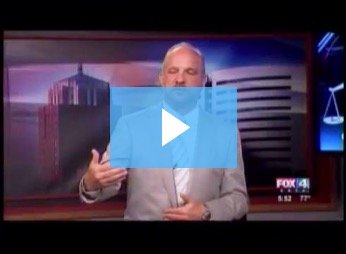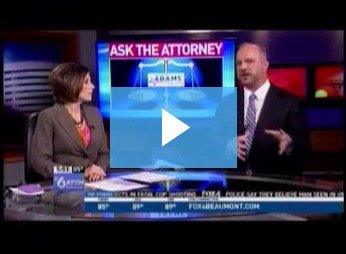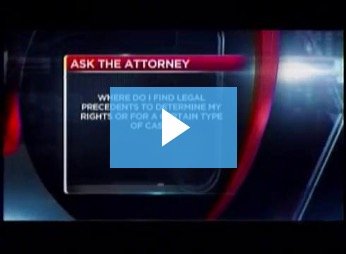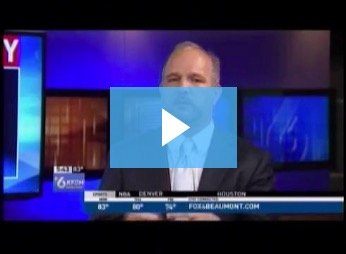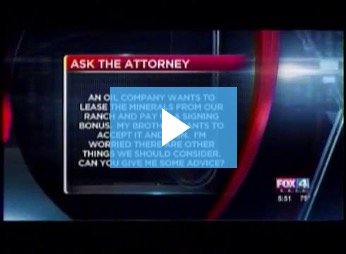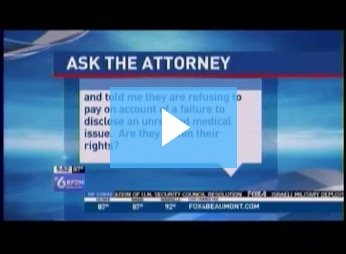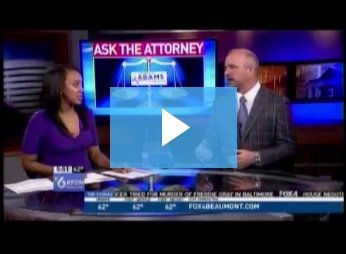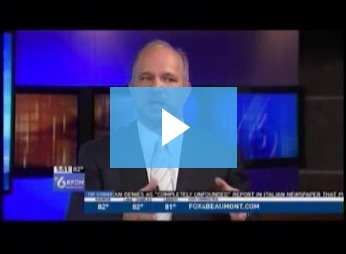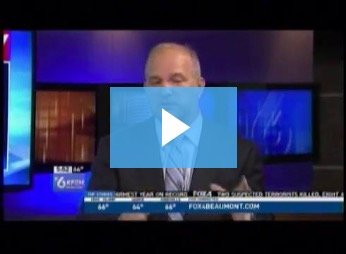Rear-End Accident Lawyer
Beaumont Car Wreck Injury Attorney for Victims of Rear-End Collisions
Rear-end collisions occur when the front end of one vehicle slams into the back end of another vehicle. Rear-end crashes can happen in parking lots or garages, at traffic stops or signals, on icy or wet roads, or whenever someone has to suddenly slam the brakes due to distraction or an unexpected hazard. Rear-end collisions are common, but they can be also extremely dangerous. Drivers and passengers in both vehicles can suffer serious injury, including whiplash, concussion, and other debilitating conditions.
If you’ve been involved in a rear-end collision, you need to seek medical attention as soon as you can and talk to an experienced car accident lawyer to discuss your right to compensation. Beaumont personal injury lawyer Gilbert Adams pursues justice for victims of rear-end collisions through the civil justice system by holding negligent drivers accountable to their victims. Our car crash legal team fights to ensure that our clients collect the maximum compensation available. If you or someone you care about was hurt in a rear-end crash, call our Beaumont personal injury law firm today for advice and assistance.
Who’s at Fault in a Rear-End Crash?
To recover compensation for your pain and suffering and other damages after a serious car accident, you need to establish which driver or other party was legally at fault for the crash. In a rear-end collision, conventional wisdom says that the driver in the rear is responsible. While the driver in the back is often at fault in rear-end collisions, this is not always the case. A number of factors affect who is at fault for any accident, including rear-end crashes:
- Was either driver under the influence of drugs or alcohol?
- How fast were the vehicles moving?
- Why did the driver in front suddenly stop? Was it for a legitimate reason?
- How far apart were the two cars before the accident?
- What were the weather and road conditions like (rain, fog, ice, snow, etc.)?
- Did the front driver drift or swerve into the rear driver’s lane? Did they signal appropriately?
- Were any other parties involved in causing the wreck, such as a pedestrian or bicyclist?
It’s also important to consider that more than one party can be responsible for an accident. Under the doctrine of modified comparative fault, fault can be apportioned between multiple parties, including the plaintiff and defendants. So long as the plaintiff is not more than 50% responsible for the accident, they can still sue for damages, but their total recovery will be offset by their own percentage at fault.
For example, if the driver in the back was tailgating, but the driver in the front was texting and thus did not notice the road hazard for an extra few seconds causing them to slam the brakes, a jury might find that the texting driver was 20% responsible while the tailgating rear driver was 80% responsible. If the texting driver suffered $10,000 in damages, they would be awarded only $8,000 from the other driver, reflecting that they were partially at fault.
Dangers of Rear-End Collisions: Whiplash Injury
One of the most common injuries suffered in rear-end collisions is a condition known as whiplash. Whiplash injury or whiplash syndrome is a neck injury caused by a forceful, rapid back-and-forth movement of the neck. When the torso is thrown in one direction and the head sent in another, the neck “whips” back and forth, overextending and damaging the muscles, nerves, and ligaments. Whiplash can lead to short-term or long-term damage, with symptoms including neck pain and stiffness, loss of range of motion, headaches, tingling or numbness in the arms, and neurological effects such as fatigue, blurry vision, mood changes, depression, memory loss, and trouble concentrating.
Whiplash is especially treacherous because it can occur even at low speeds. Even a “fender-bender” in a parking lot or garage at 5-10mph can cause whiplash. The whipping motion sends the victim’s head flailing back and forth at much higher speeds than either vehicle was traveling, meaning that their injuries may be much more severe than the external damage to the vehicles would indicate. If you’ve been in a rear-end collision and you have any symptoms at all, make sure to see a doctor as soon as possible. Talk to a savvy personal injury attorney for advice.
Call a Seasoned Car Accident Attorney After a Texas Rear-End Collision
If you or a loved one has been injured or worse in a rear-end collision crash caused by a negligent driver in Texas, contact the Gilbert Adams Law Offices in Beaumont at 409-835-3000 for a free consultation with a thorough and trial-ready Texas auto accident attorney.


